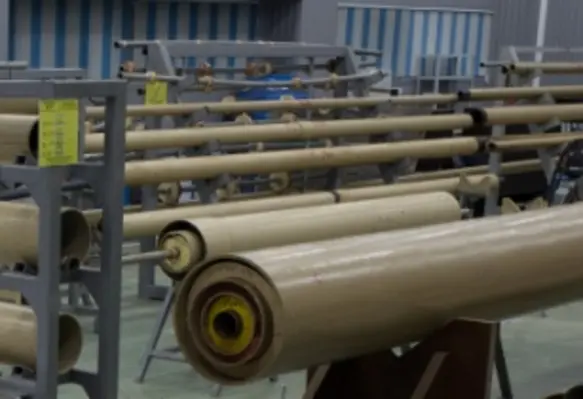TGT Oilfield Services, provider of through-barrier diagnostic systems, has announced the successful validation of its electromagnetic EmPulse well inspection system in high chromium tubulars
In three Middle East deployments, TGT engineers demonstrated that the EmPulse system aims to quantitatively determine the individual tubular thickness of up to four concentric barriers, even when there are high amounts of chrome in the tubulars.
Ken Feather, chief marketing officer at TGT, commented, “This achievement marks an important industry breakthrough as operators endeavour to protect well integrity in more challenging production environments. Increasing chromium content helps to protect well completions from highly-corrosive fluids, such as carbon dioxide, hydrogen sulphide and chloride. But high-chrome can cause serious problems for ordinary electromagnetic pipe inspection systems.”
He continued, “It’s essential that operators can access integrity inspection systems that work reliably and accurately throughout the well system in all environments and materials, especially where corrosive and toxic fluids are involved. This is why we created the EmPulse diagnostic platform.”
The EmPulse system combines ultra-fast sensor technology with ‘time-domain’ measurement techniques to capture EM signals rapidly and accurately in a wide range of pipe materials, including those with high-chrome content. This aims to enable operators to evaluate pipe thickness and metal loss in multiple casing strings simultaneously, ensuring long-term well performance even in the most challenging production environments.
“The ability of EmPulse technology to make measurements when facing specialised materials in certain well tubulars marks a significant breakthrough for TGT and the industry as a whole,” said Simon Sparke, integrity expert and coordinator of the high-chrome testing programme at TGT.
TGT’s EmPulse technology focuses on providing barrier-by-barrier visualisation of the well operating envelope at the time of logging. The time-based measurements, enabling the system to quantify metal loss in up to four barriers independently and deliver highly sensitive and fast response measurements, brings with it significant advantages over frequency-based measurements offered by other systems.









